
View of a cargo port in Qingdao, Shandong province, China. Photo: THX/TTXVN
The Chinese government confirmed on November 5 that it will suspend for one year the additional 24% import tariffs imposed on US goods in April 2025, but will maintain the overall 10% tariff. Both tariffs were enacted in response to US President Donald Trump's reciprocal tariffs.
The Customs Tariff Commission of the State Council of China also announced that it would lift tariffs of up to 15% on some US agricultural products, effective November 10. The products that will be exempted from tariffs are on a list that was published in March, when China began imposing tariffs on these products.
Even after the cuts, however, Chinese soybean importers still face a 13% tariff, including a pre-existing 3% base duty, when buying the commodity from the US, which traders say makes US soybeans still too expensive compared to alternatives from Brazil.
Before Mr. Trump took office in 2017, soybeans were the top U.S. export to China. In 2016, China, the world’s largest agricultural importer, bought $13.8 billion worth of soybeans.
But China has curbed its purchases of American agricultural products this year, costing American farmers billions of dollars in lost export orders. Customs data shows that in 2024, US supplies will account for only about 20% of China’s soybeans, down sharply from 41% in 2016.
Investors in both the US and China were relieved last week after President Trump met with Chinese President Xi Jinping in South Korea, easing concerns that the world’s two largest economies would not continue talks to resolve a tariff war that has disrupted global supply chains.
Notably, just before the meeting took place, China’s state-owned COFCO Group bought three shipments of soybeans from the US, which analysts said was a gesture of goodwill, indicating China’s desire to avoid escalating trade tensions.
However, some market observers are skeptical that soybean trade between the two countries will return to normal anytime soon. According to a trader at an international trading company, the tariff change will not be enough to bring Chinese demand back to the US market. He explained that Brazilian soybeans are now more competitively priced, and in fact, even non-Chinese customers are preferring supplies from the South American country.
Source: https://vtv.vn/trung-quoc-tam-ngung-ap-dung-mot-so-muc-thue-doi-voi-hang-hoa-my-100251105143148149.htm











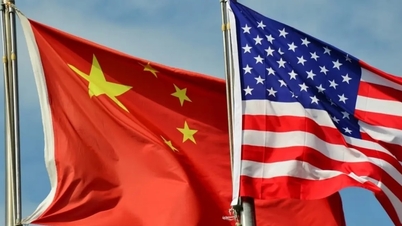
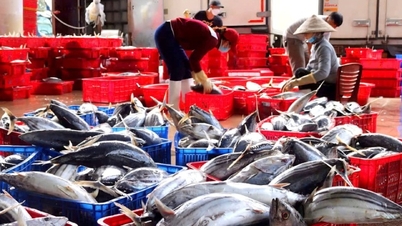




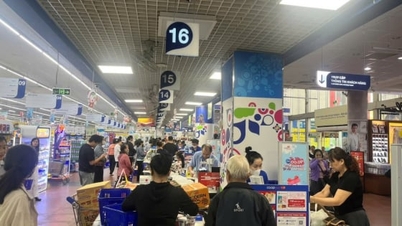





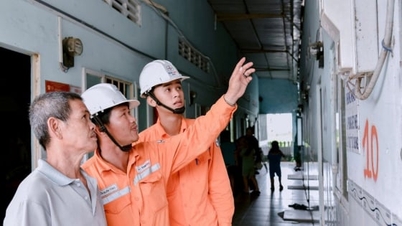





![[Infographic] Member of the Party Central Committee, Chairman of the Central Inspection Commission Tran Sy Thanh](https://vphoto.vietnam.vn/thumb/402x226/vietnam/resource/IMAGE/2025/11/06/1762388416521_uy-vien-trung-uong-dang-chu-nhiem-uy-ban-kiem-tra-trung-uong-tran-sy-thanh-30629722731558625649627-84806723192662976683732.jpeg)
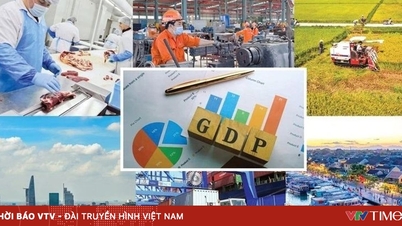





![[Photo] Opening of the 14th Conference of the 13th Party Central Committee](https://vphoto.vietnam.vn/thumb/1200x675/vietnam/resource/IMAGE/2025/11/05/1762310995216_a5-bnd-5742-5255-jpg.webp)













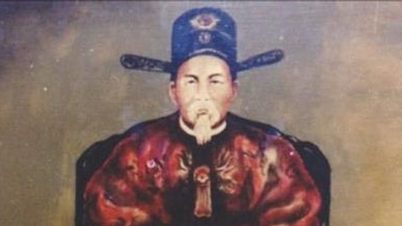











































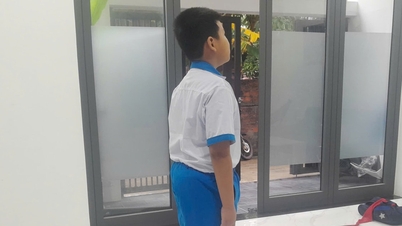






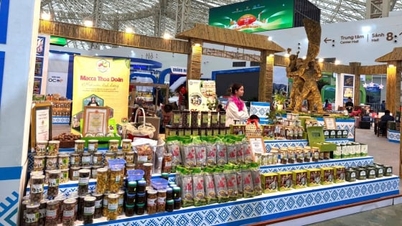












Comment (0)